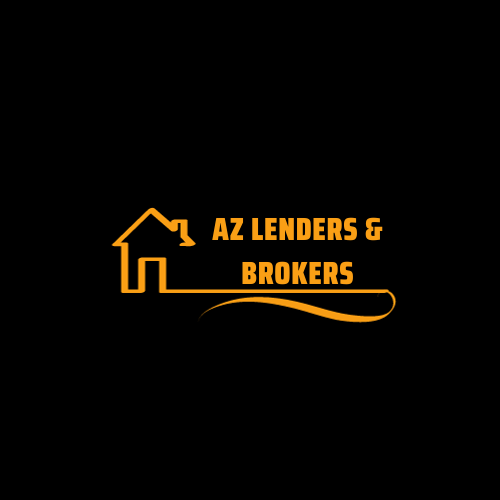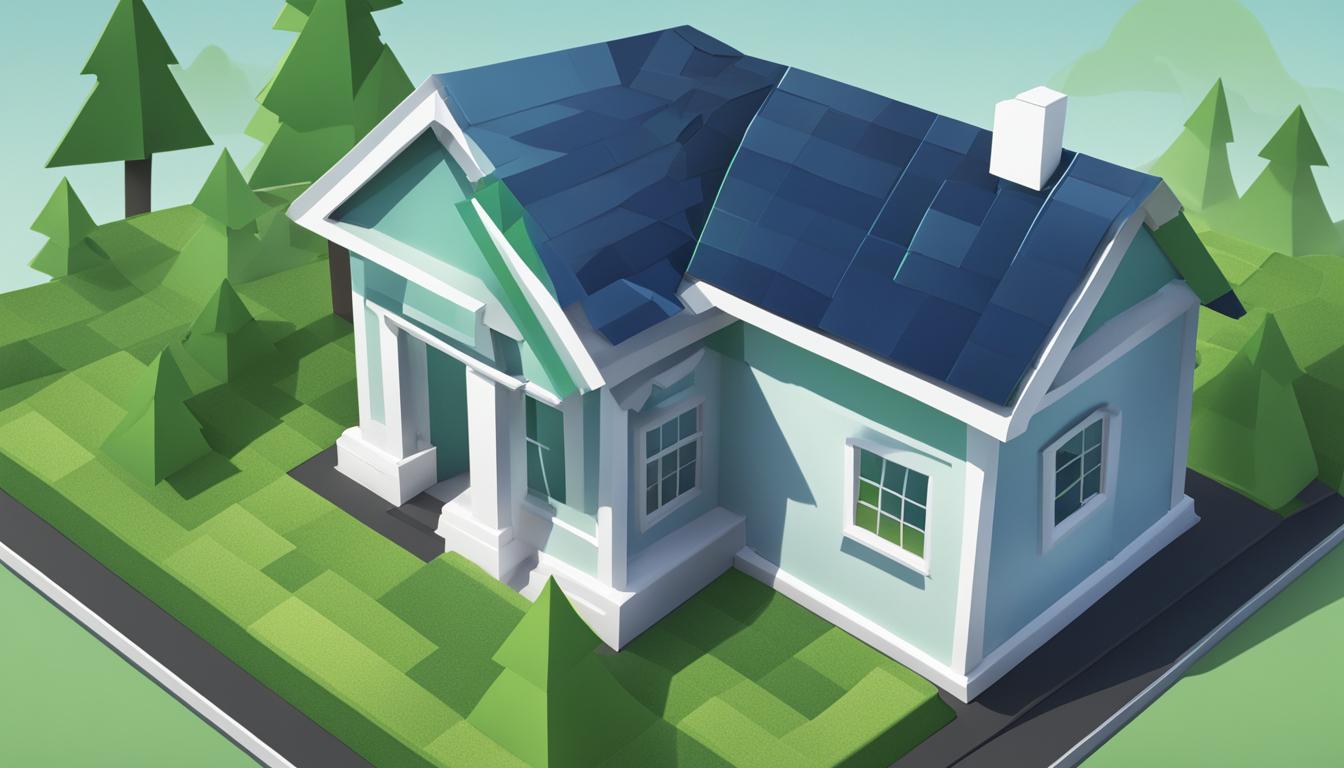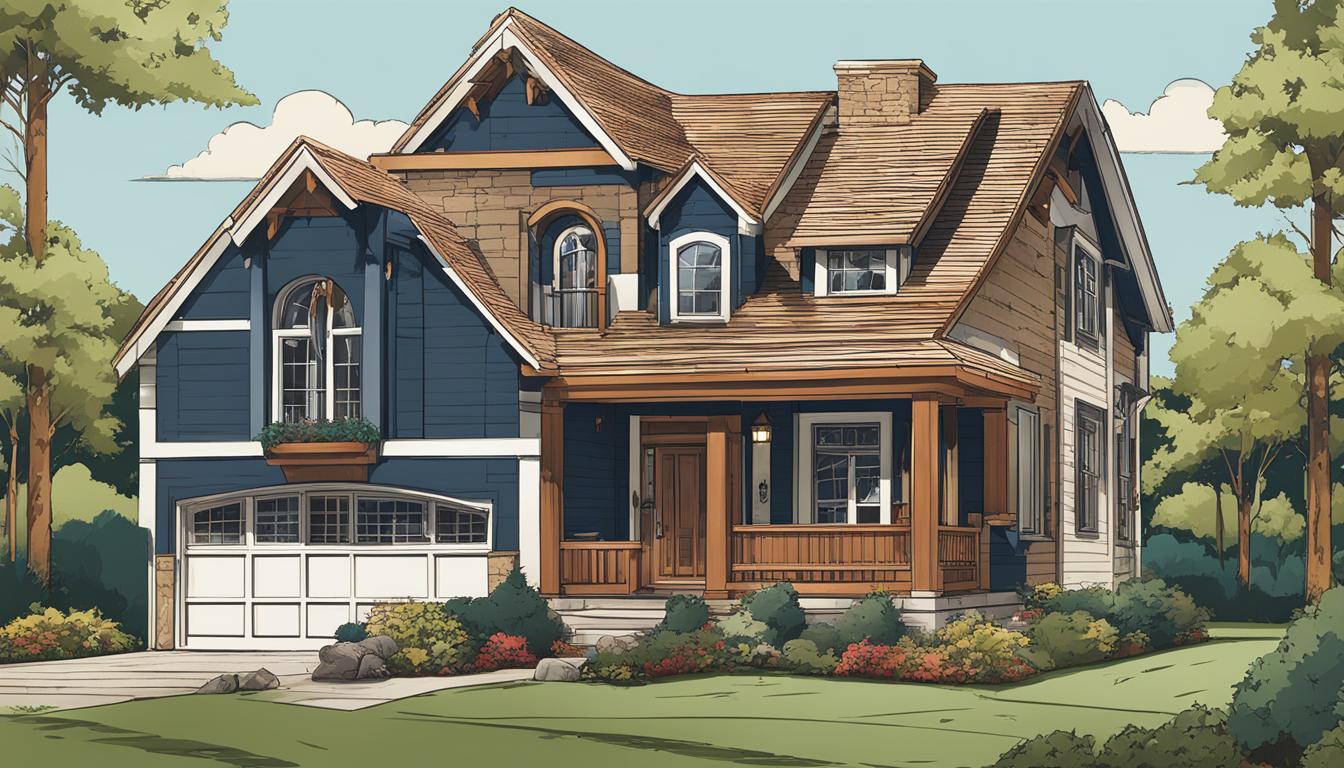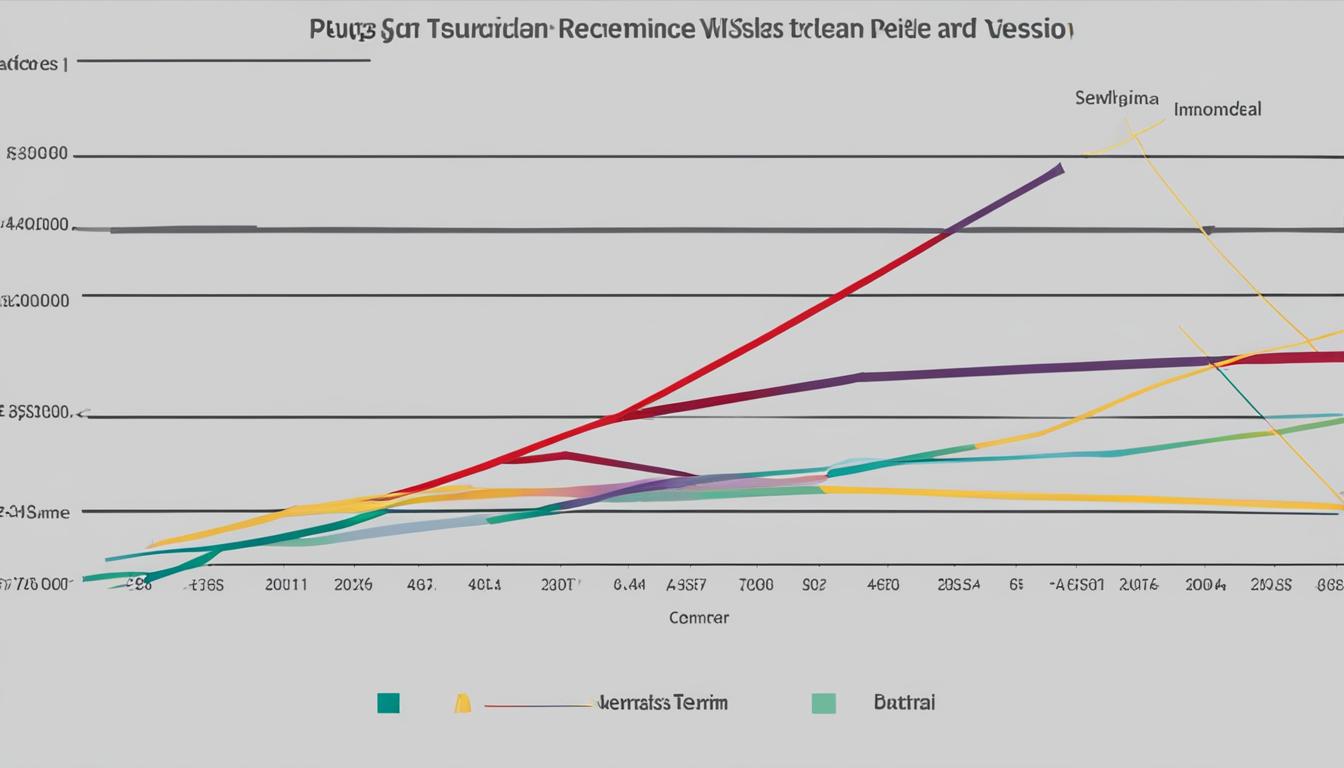Looking to finance your dream home? Conventional loans are a popular choice for homebuyers like you. But before you start the application process, it’s important to understand the requirements and guidelines that come with this type of mortgage. In this guide, we’ll walk you through all the key information you need to know about conventional loan requirements.
Unlike government-backed loans, conventional loans are not backed by a government agency. They are mortgages offered by private lenders and have stricter criteria. Let’s dive into the details of what it takes to qualify for a conventional loan.
Key Takeaways:
- Conventional loans have stricter requirements than government-backed loans.
- Credit score of at least 620 is typically required.
- Debt-to-income ratio should be no more than 45%.
- Minimum down payment is 3%, or 20% to avoid private mortgage insurance.
- Property appraisal is necessary to verify the home’s value.
What is a Conventional Loan?
A conventional loan is a type of mortgage that is not backed by a government agency. Unlike government-backed loans, such as FHA or VA loans, conventional loans are financed by private lenders and do not have the same strict eligibility criteria. This makes conventional loans a popular choice for many homebuyers.
One of the key features of a conventional loan is the ability to finance a wide range of properties. Whether you’re looking to purchase a single-family home, invest in a multi-family property, or purchase a second home, a conventional loan can be used for all of these purposes.
When it comes to conventional loans, Fannie Mae and Freddie Mac play a significant role. These government-sponsored enterprises purchase mortgages from lenders, providing them with the necessary funds to continue lending to homebuyers. This helps to keep the mortgage market active and allows lenders to offer competitive interest rates to borrowers.
Requirements for a Conventional Loan
Lenders impose higher financial standards on borrowers applying for a conventional loan since the government doesn’t guarantee them. To qualify for a conventional loan, you need to meet several requirements:
- Minimum Credit Score: A credit score of at least 620 is typically required. However, some lenders may have higher credit score requirements.
- Debt-to-Income Ratio: The maximum debt-to-income ratio allowed for a conventional loan is typically 45%. This ratio is calculated by dividing your total monthly debt payments by your gross monthly income.
- Down Payment: The minimum down payment required for a conventional loan is 3%. This allows borrowers to get into homeownership with less upfront cash. However, if your down payment is less than 20%, you may be required to pay private mortgage insurance (PMI) until you reach 20% equity in the home.
- Property Appraisal: Lenders require a property appraisal to verify the home’s value and condition. This appraisal helps protect the lender’s investment. If the appraisal comes in lower than the purchase price, you may have options such as negotiating a lower price, increasing your down payment, or appealing the appraisal.
Meeting these requirements is essential to qualify for a conventional loan and secure financing for your home purchase. It’s important to note that these requirements may vary slightly from lender to lender, so it’s always a good idea to shop around for the best loan terms and interest rates that suit your specific financial situation.
Example Table: Comparison of Conventional Loan Requirements
| Requirement | Minimum Criteria |
|---|---|
| Credit Score | At least 620 (varies by lender) |
| Debt-to-Income Ratio | Maximum 45% (varies by lender) |
| Down Payment | Minimum 3% (varies by lender) |
| Property Appraisal | Required to verify home value and condition |
Note: The table above is for illustrative purposes only and may not reflect the exact requirements of all lenders. It’s important to consult with a mortgage professional to understand the specific requirements for your desired loan.
Conventional Loan Limits
When it comes to conventional loans, there are specific limits that borrowers need to be aware of. These limits determine the maximum amount of money that can be borrowed through a conventional loan. Conventional loans can be divided into two categories: conforming loans and jumbo loans.
Conforming Loans
A conforming loan is a conventional loan that meets the loan limits set by Fannie Mae and Freddie Mac. These loan limits vary by county and are determined based on the median home prices in each area. In 2020, the conforming loan limit for most counties was $510,400. However, in high-cost areas, such as certain parts of California and Hawaii, the limit was higher.
Conforming loans have advantages for borrowers, including more flexible terms and lower interest rates compared to jumbo loans. They also have less stringent underwriting guidelines, making them more accessible to a wider range of borrowers.
Jumbo Loans
On the other hand, jumbo loans are non-conforming loans that exceed the loan limits set by Fannie Mae and Freddie Mac. These loans are typically used to finance luxury properties or homes in high-cost areas where home prices exceed the conforming loan limits. Because they pose a higher risk to lenders due to their larger loan amounts, jumbo loans usually have stricter requirements and higher interest rates.
| Loan Type | Loan Limit |
|---|---|
| Conforming Loan | $510,400 (may vary by county) |
| Jumbo Loan | Exceeds conforming loan limit |
Understanding the loan limits is essential when considering a conventional loan. It helps borrowers determine the type of loan they are eligible for and the borrowing limits they need to consider when searching for a home. Whether it’s a conforming loan or a jumbo loan, borrowers should carefully assess their financial situation and consult with lenders to determine the best loan option for their needs.
Alternatives to Conventional Loans
If you don’t meet the requirements for a conventional loan, there are alternative options available to help you achieve your dream of homeownership. These alternative loans are backed by the government and offer different eligibility criteria and benefits. Here are three popular alternatives to conventional loans:
FHA Loan
The Federal Housing Administration (FHA) offers loans that are ideal for borrowers with lower credit scores. With an FHA loan, you may qualify for a mortgage with a credit score as low as 500, although a higher credit score will likely result in better loan terms. FHA loans also allow for a lower down payment requirement of as little as 3.5%.
VA Loan
If you are an active-duty military member, veteran, or eligible surviving spouse, a VA loan can be a great option. These loans are guaranteed by the U.S. Department of Veterans Affairs and offer competitive interest rates and flexible qualification requirements. With a VA loan, you may be able to purchase a home with no down payment.
USDA Loan
The U.S. Department of Agriculture (USDA) offers loans for borrowers looking to purchase homes in eligible rural areas. These loans have less stringent credit score requirements and may allow for a zero down payment. USDA loans also offer low-interest rates and flexible income guidelines.
| Loan Type | Credit Score Requirement | Down Payment Requirement |
|---|---|---|
| FHA Loan | Minimum credit score of 500 | As little as 3.5% |
| VA Loan | No set minimum credit score | No down payment required |
| USDA Loan | Minimum credit score varies by lender | No down payment required |
Each of these loan programs has its own specific eligibility criteria, so it’s important to research and compare your options to find the best fit for your financial situation. Consulting with a mortgage professional can help you navigate through the different loan programs and determine the best course of action.
Credit Score and Conventional Loans
When it comes to qualifying for a conventional loan, your credit score plays a crucial role. Lenders typically require a minimum credit score of 620, although some may have higher requirements. Your credit score reflects your creditworthiness and indicates how likely you are to repay your debts on time.
Having a higher credit score can have a significant impact on your mortgage rates. Lenders view borrowers with higher credit scores as less risky, which allows them to offer lower interest rates. For example, someone with a credit score of 760 or higher might receive a mortgage rate that is 0.25% lower than someone with a credit score of 620.
“Maintaining a good credit score is essential to securing a favorable mortgage rate. Even a small difference in interest rates can translate to substantial savings over the life of a loan. Take steps to improve your credit score before applying for a conventional loan, such as paying off debts and making all your payments on time.”
It’s important to note that while credit score is an essential factor, it’s not the only one. Lenders will also consider other aspects of your financial profile, such as your income, employment history, and debt-to-income ratio. It’s important to have a comprehensive understanding of the requirements and work towards meeting them to increase your chances of qualifying for a conventional loan.
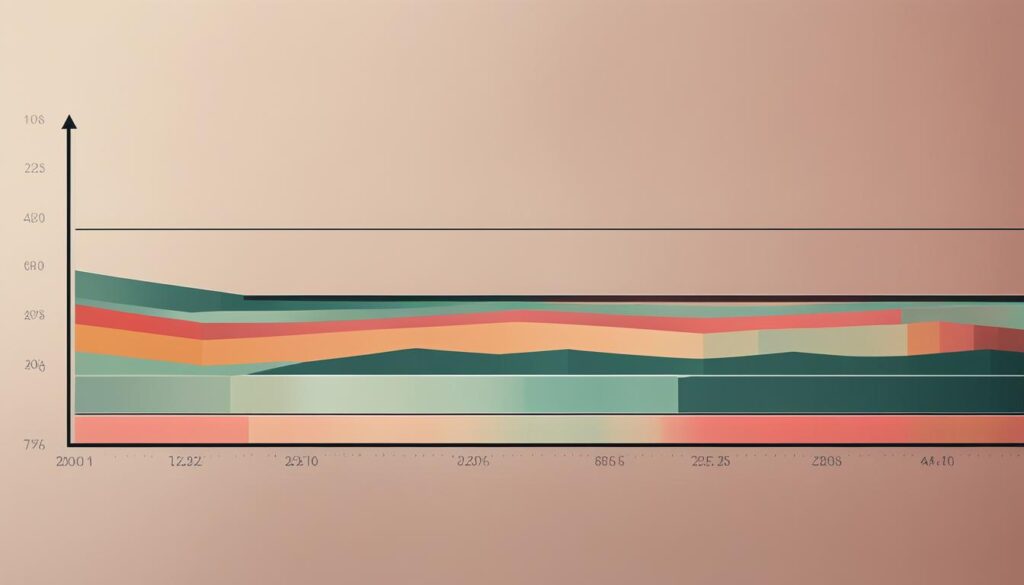
Table: Impact of Credit Score on Mortgage Rates
| Credit Score Range | Mortgage Rate |
|---|---|
| 760+ | 3.00% |
| 740-759 | 3.25% |
| 720-739 | 3.50% |
| 700-719 | 3.75% |
| 680-699 | 4.00% |
| 660-679 | 4.25% |
| 640-659 | 4.50% |
| 620-639 | 4.75% |
As you can see from the table above, the difference in mortgage rates based on credit scores can be significant. A higher credit score not only increases your chances of qualifying for a conventional loan but also allows you to secure better interest rates, saving you money over the life of your loan. It’s crucial to work on improving your credit score before applying for a conventional loan to avail of more favorable mortgage rates.
Debt-to-Income Ratio and Conventional Loans
Lenders assess your debt-to-income ratio (DTI) to determine your ability to repay a conventional loan. The DTI ratio is calculated by dividing your total monthly debt payments by your gross monthly income. The maximum DTI ratio allowed for a conventional loan is typically 45%, although some lenders may accept up to 50% in certain cases.
Calculating your DTI ratio is relatively straightforward. Simply add up all your monthly debt payments, including credit card bills, student loans, car loans, and any other recurring debts. Then, divide that total by your gross monthly income. For example, if your total monthly debt payments amount to $1,500 and your gross monthly income is $5,000, your DTI ratio would be 30% (1,500 ÷ 5,000 = 0.3, or 30%).
It’s important to ensure that your DTI ratio falls within the acceptable range to qualify for a conventional loan. If your DTI is too high, lenders may consider you a higher risk borrower and may require additional documentation or a larger down payment to offset the risk.
Minimum Down Payment for Conventional Loans
Contrary to popular belief, you don’t need to put down 20% for a conventional loan. The minimum down payment required for a conventional loan is 3%, which allows you to get into homeownership with less upfront cash. This lower down payment requirement makes conventional loans more accessible and appealing to many homebuyers.
However, it’s important to note that if your down payment is less than 20%, you may be required to pay private mortgage insurance (PMI) until you reach 20% equity in the home. PMI helps protect the lender in case you default on your loan. The cost of PMI varies depending on factors such as your credit score, loan amount, and down payment size.
While a 20% down payment can help you avoid the cost of PMI, it’s not always necessary or feasible for every borrower. With a 3% minimum down payment, you can still achieve your goal of homeownership and build equity in your property over time.

Comparison of Down Payment Options
| Down Payment | Private Mortgage Insurance (PMI) Requirement |
|---|---|
| 20% or more | No PMI required |
| Between 10% and 19% | PMI required until reaching 20% equity |
| Less than 10% | PMI required until reaching 20% equity |
As you can see from the table, there are different PMI requirements depending on the size of your down payment. It’s important to consider your financial situation and weigh the pros and cons of various down payment options before making a decision.
Property Appraisal for Conventional Loans
When applying for a conventional loan, one of the crucial steps in the mortgage process is the property appraisal. Lenders require a thorough property appraisal to ensure that the home’s value aligns with the purchase price. This appraisal serves to protect the lender’s investment by verifying the condition and value of the property.
The property appraisal is conducted by a licensed appraiser who assesses various factors, including the home’s size, condition, location, and comparable sales in the area. The appraiser will carefully inspect both the interior and exterior of the property to determine its overall quality and any potential issues that may affect its value.
If the appraised value comes in lower than the agreed purchase price, borrowers have several options. They can negotiate with the seller to lower the price, increase their down payment to bridge the gap, or appeal the appraisal if they believe there were errors or inconsistencies. It’s crucial for borrowers to work closely with their real estate agent and lender throughout this process to navigate any appraisal challenges effectively.
Table: Home Value Verification
| Steps | Details |
|---|---|
| 1. Appraisal Order | The lender orders the appraisal once the borrower’s loan application is complete. |
| 2. Appraiser Appointment | The appraiser contacts the borrower or their real estate agent to schedule the appraisal appointment. |
| 3. Property Inspection | The appraiser thoroughly inspects the property, taking note of its features, condition, and any necessary repairs. |
| 4. Comparative Market Analysis | The appraiser compares the property to similar recent sales in the area to determine its estimated value. |
| 5. Appraisal Report | The appraiser submits a comprehensive appraisal report to the lender, detailing their findings and estimated property value. |
| 6. Review and Decision | The lender reviews the appraisal report and determines whether the property value meets their requirements. |
Overall, the property appraisal is a critical step in the conventional loan process. It helps ensure that borrowers and lenders have an accurate understanding of the property’s value and condition. By working closely with their real estate agent and lender, borrowers can navigate any appraisal challenges and move forward with their mortgage journey.
Conclusion
Conventional loans are a popular choice for homebuyers due to their flexibility and availability from various lenders. To qualify for a conventional loan, you need to meet certain minimum requirements, such as a credit score of at least 620, a debt-to-income ratio of no more than 45%, and a minimum down payment of 3% (or 20% to avoid private mortgage insurance).
It’s important to understand your options and shop around for the best loan terms and interest rates. Meeting the requirements set by lenders will increase your chances of getting approved for a conventional loan and help you secure your dream home.
Whether you’re financing a single-family home, a multi-family investment property, or a second home, conventional loans offer the flexibility you need. Remember to consider other alternatives, such as FHA loans, VA loans, and USDA loans, if you don’t meet the requirements for a conventional loan.
FAQ
What are the requirements for a conventional loan?
The requirements for a conventional loan include a minimum credit score of 620, a debt-to-income ratio no higher than 45%, a minimum down payment of 3% (or 20% to avoid private mortgage insurance), and a property appraisal.
What is a conventional loan?
A conventional loan is a home loan not backed by a government agency. It can be used to finance various types of properties, including single-family homes, multi-family investment properties, and second homes.
What are the loan limits for a conventional loan?
Conventional loans can be either conforming or non-conforming. Conforming loans meet the loan limits set by Fannie Mae and Freddie Mac, while non-conforming loans exceed those limits and are subject to different lender standards.
Are there alternatives to conventional loans?
Yes, alternatives to conventional loans include government-backed loans like FHA loans, VA loans for military members and veterans, and USDA loans for those buying homes in eligible rural areas.
How does the credit score affect a conventional loan?
The minimum credit score required for a conventional loan is typically 620, but some lenders may have higher requirements. A higher credit score can lead to lower mortgage rates, making it beneficial for borrowers to have a higher credit score.
How is the debt-to-income ratio assessed for a conventional loan?
Lenders assess the debt-to-income ratio (DTI) of borrowers to determine their ability to repay the loan. The maximum DTI ratio allowed for a conventional loan is typically 45%, although some lenders may accept up to 50% in certain cases.
What is the minimum down payment for a conventional loan?
Contrary to popular belief, the minimum down payment required for a conventional loan is 3%. However, if the down payment is less than 20%, borrowers may be required to pay private mortgage insurance (PMI) until they reach 20% equity in the home.
Why is a property appraisal required for a conventional loan?
Lenders require a property appraisal to verify the condition and value of the home. This helps protect their investment and ensures that the purchase price matches the home’s value.
